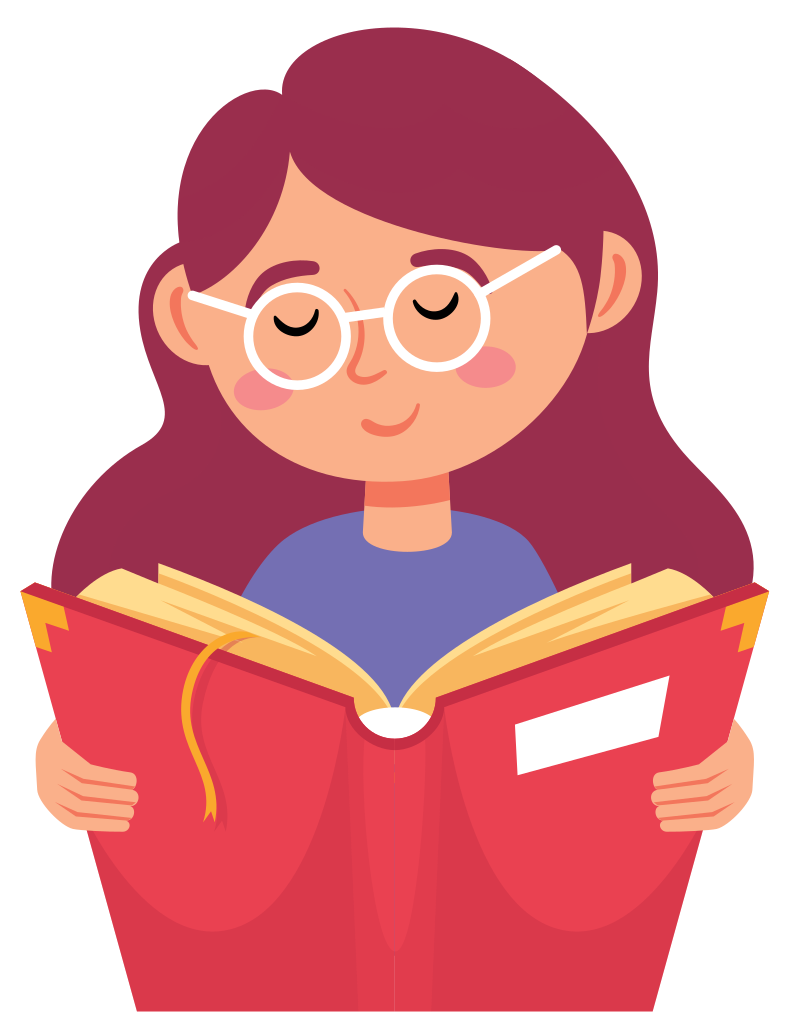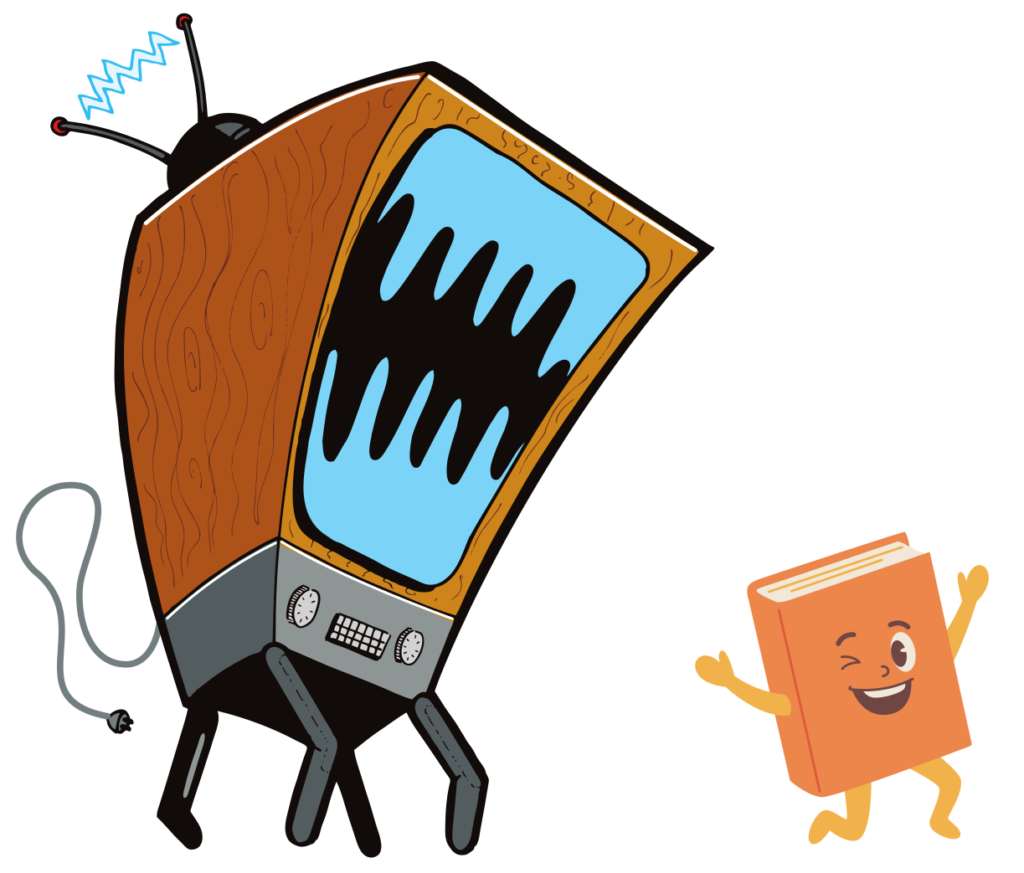Language Arts
It's all about reading
 Reading is one of the most important skills that a child will learn. Strong readers go beyond merely consuming content quickly: they read a text as a series of choices made by an author to convey a particular idea, and they make connections from the text to their own experience, to the world, and to other texts.
Reading is one of the most important skills that a child will learn. Strong readers go beyond merely consuming content quickly: they read a text as a series of choices made by an author to convey a particular idea, and they make connections from the text to their own experience, to the world, and to other texts.
Early reading is developed as adults read to a child, and later develops as the child reads by themselves. In this way, early readers develop an understanding of print concepts (the way books and writing is organized) as well as phonological awareness (knowledge that letters stand for sounds). From about 1st grade, students are expected to develop in their use of language (grammar), comprehension, and fluency.
In general, simply reading more at the elementary level will equate to better reading ability. Students who read more are exposed to more words, more language structures, and more information. It doesn’t matter what topic is being read about—when a parent tells me their child only likes to read about Minecraft, I say let them read about Minecraft. What is important is that they are not reading below their level. In fact, for building basic skills, it doesn’t even matter in which language the reader is reading: the most fundamental reading skills transfer from one language to another.
Does my child need lessons in language arts?
Maybe, maybe not. In the long run, most children will improve in language arts naturally as they grow older and read more. The most important thing is to make reading materials available that are interesting to the child, so as to foster a love of reading.
Lessons in language arts are a possibility when the child needs to work on a specific skill. For example, using text evidence to respond to a text or making inferences about the text are two specific reading skills. Children can be taught how to be an active reader, rather than a passive one (see the thoughts below on Literacy: Books vs Videos for more on this). Working on these skills would likely aid the child in academic reading.
There are also other ways to approach the subjects of reading and writing. Language-related activities can be incorporated into STEM lessons (as well as other subjects). In this format, some of the time is spent learning and experiencing the main subject of the lesson, such as through an experiment or hands-on activity. Afterwards, time is devoted to describing and reading about it, which is where we attend to precision, structure, and clarity in language.

Literacy: Books vs Videos

Both written texts and video texts can help students develop an understanding of the world, which is an important part of language development. Considering the prevalence of video-based content in our society, it is interesting to look at the ways they are similar and different.
One of the biggest differences is that written texts need to be actively read. A book will not read itself (audiobooks aside, of course). Good readers engage in active reading by stopping from time to time, reflecting on whether they understood what was read or not, and making connections with the text. A video, by contrast, can be watched either passively or actively. A video will play whether the viewer is asleep on the couch or on the edge of their chair. This is one area where online video has a major advantage over traditional TV: the viewer can easily rewatch sections or skip to important sections.
The visual element of video should not be underestimated for building background knowledge. For example, infographics can visually represent a message and data, while pictures can show what words have difficulty expressing. This is analogous to illustrations and graphics in a book, though videos probably have the leg-up here.
Finally, there is the message. Books generally convey their message through words, while videos convey a message through pictures, sounds, and words. If you have ever seen political attack ads during election season, you have seen how music, sounds, lighting, and even the sound and expression of the voice-over contribute to the meaning expressed in the video. That is to say, very little of the meaning of the video is expressed in the actual words that are used. Written texts must be much more explicit in what they are trying to say, though of course, that does not at all mean that they are free from implicitly conveying a message.
Taken as a whole, you can see why the ability to comprehend a video medium is referred to as media literacy: many of the same skills are at play as in the literacy of written mediums, despite the outward differences.
